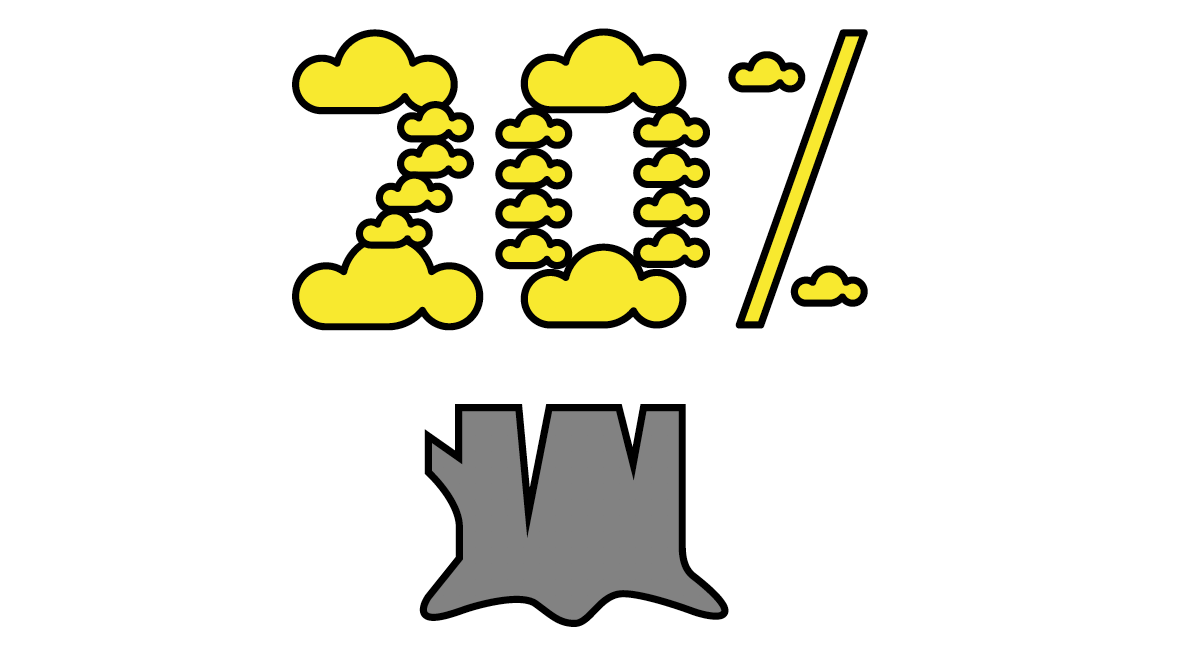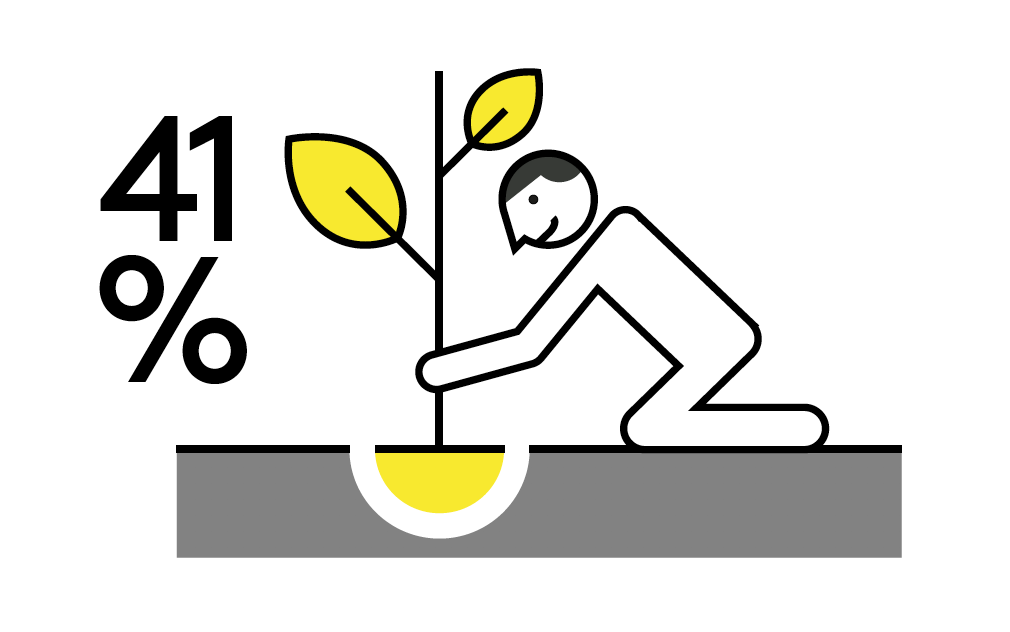
DEFORESTATION
problem/solution
THE PROBLEM
Jump to the solution

“About half of the world’s tropical forests have been cleared.”
“The terrestrial biosphere absorbs about 20% of fossil-fuel CO2emissions... [however it] might have greater potential to sequester carbon in the future.”


Forest destruction is reaching a point that risks environmental collapse. Exceeding this planetary boundary has been projected to be as soon as 2025-2035.
“Pasture was the dominant driver of forest area (71.2%) and related carbon loss (71.6%) in South America, followed by commercial crop-land (14% and 12.1% respectively). Hotspots of deforestation due to pasture occurred in Northern Argentina,Western Paraguay, and along the arc of deforestation in Brazil where they gradually moved into higher biomass forests causing additional carbon losses. Deforestation driven by commercial crop-land increased in time, with hotspots occurring in Brazil (Mato Grosso State), Northern Argentina, Eastern Paraguay and Central Bolivia.”

THE SOLUTION
Back to the problem

“From now on, the question of whether we get our protein from animals or plants has direct implications for how much more of the world’s remaining forest we have to raze.”
“Above a [rainfall] of 650mm, savannas are ‘unstable’ systems ‘.. sufficient for woody canopy closure, and disturbances (fire, herbivory) are required for the coexistence of trees and grass. These results provide insights into the nature of African savannas and suggest that future changes in precipitation may considerably affect their distribution and dynamics.”


“265 GtC can be sequestered on just 19.6 million square kilometers of grasslands and pasture lands reverted to native forests.”